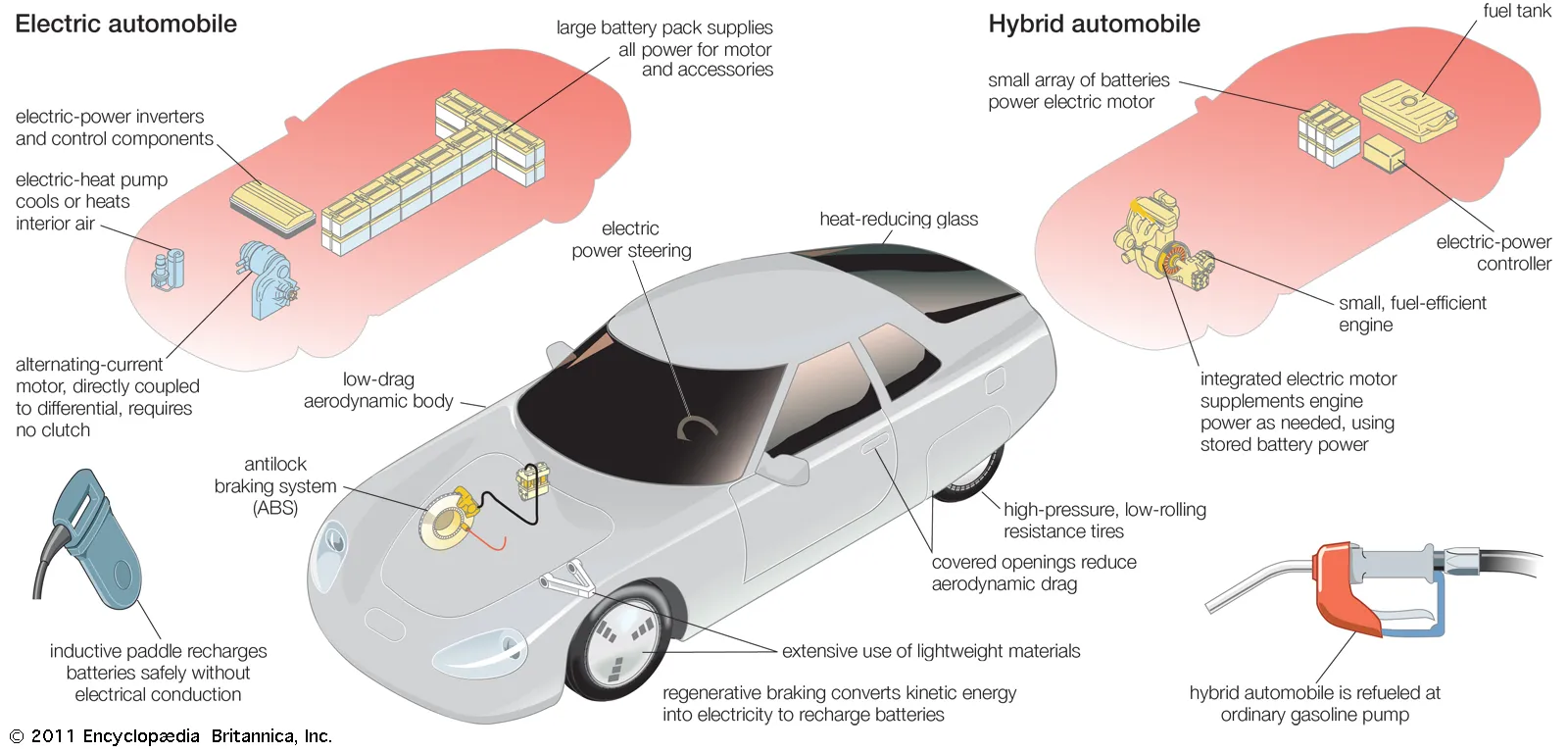When it comes to understanding vehicle specifications and features, car enthusiasts and everyday drivers alike often encounter the term “N/A.” This abbreviation can have significant implications for automotive performance, options, and overall vehicle value. Here, we delve into what N/A means in cars and why it’s crucial to understand it.
Understanding N/A in Cars
N/A stands for “Not Applicable.” In the automotive world, this term appears in many contexts, from performance specifications to vehicle features. It indicates that certain data does not apply to a specific model or configuration. For instance, when looking at engine stats, you might see N/A for parameters like horsepower or torque for electric vehicles because those metrics aren’t applicable in the same way they are for traditional gasoline engines.
Common Contexts for N/A
- Engine Specifications: In instances where a vehicle might be equipped with an alternative propulsion system, such as electric or hybrid, manufacturers may use N/A for traditional specs that aren’t relevant. Electric engines, for instance, have different performance metrics like kilowatts and torque which are more relevant and applicable.
- Trim Levels and Configurations: Cars often come in various trim levels offering different features. N/A may show up when a specific feature isn’t available for the chosen trim. For example, a car model might not be offered with a sunroof option in its base trim, thus marking it as N/A.
- Safety Ratings and Features: Certain features like advanced driver-assistance systems may not be applicable to older car models. In such cases, ratings or availability for these features would be omitted or replaced with N/A.
Importance of N/A in Vehicle Specifications
Understanding what N/A signifies can help potential buyers make informed choices. If you see N/A in a specification sheet, it’s vital to grasp what it means for the vehicle in question.
- Clarity in Vehicle Selection: Knowing what features or specs are marked as N/A assists buyers. For instance, if a car designed primarily for off-road use has N/A next to on-road handling metrics, it’s clear that those factors aren’t relevant for that vehicle.
- Evaluation of Alternatives: If the N/A indicates the absence of a popular feature or specification, it might compel a buyer to consider other models. Buyers should recognize that just because a feature is N/A doesn’t mean the vehicle isn’t capable; it just might be engineered differently.
- Relevance in Resale Value: Recognizing features that have been deemed N/A can also impact resale value. If buyers see an absence of desirable features, they might value the vehicle lower. Conversely, understanding why certain features are N/A—like being a fully electric vehicle—can position the car more beneficially in the market.
Common Misconceptions about N/A
- N/A Means Non-Existent: A common misconception is that N/A denotes that something does not exist at all. However, it often means that the specifications or features do not apply to the specific vehicle type, rather than being completely absent.
- All Usage of N/A is Uniform: The usage of N/A can vary widely; for performance metrics, it could indicate a fundamental difference in design, while for features, it might simply be a limitation of the base trim. Understanding the context is critical.
- Neglecting N/A Could Harm Decisions: Some buyers may overlook instances of N/A as minor details, but doing so can lead to purchasing a vehicle that does not meet their needs or can significantly impact their driving experience.
How to Interpret N/A in Vehicle Features
When you see N/A in vehicle feature listings, the implications can vary based on context.
- Research: Always delve deeper into what the N/A signifies. If N/A is present for a feature you prioritize, investigate why it might be excluded. Consult other resources or directly reach out to manufacturers for clarity.
- Compare Models: If N/A is a frequent term in a model’s listings, compare it with similar vehicles in the same category. This will give you a clearer picture of what the competition offers and if those N/A features could be pivotal for you.
- Consult Reviews and Resources: Look into automotive reviews, expert opinions, and user experiences to better grasp the implications of N/A across different models and what trade-offs exist when considering those vehicles.
The Role of N/A in Technological Advancements
N/A is becoming increasingly relevant as we move toward the future of automotive technology, including electric and autonomous vehicles.
- Regulatory Changes: As new regulations emerge, vehicles may have features that comply with certain specs while others do not. N/A marks the lines where regulations may change the specifications and features of a vehicle which can affect sales.
- Advancements in Engine Technologies: With advancements in engine technology, traditional performance metrics may no longer apply. For instance, terms like N/A will frequently appear in electric vehicles as they highlight a shift in what constitutes a “performance metric.”
- Consumer Preferences: Understanding consumer preferences is critical. Features that might be deemed unnecessary over time would lead to more instances of N/A in models as manufacturers focus on features that better align with modern requirements.
Conclusion
In summary, N/A is an important designation in the automotive industry that serves essential functions. It clarifies what features or specifications don’t apply to certain vehicles, guiding buyers towards better-informed decisions. Understanding the implications of N/A can help potential buyers discern between models, clarify features, and navigate the evolving landscape of vehicle technology and design. As vehicles continue to advance, familiarizing yourself with terms like N/A will enable you to stay informed and make educated choices when selecting a vehicle.
FAQs
- Can N/A affect purchase decisions?
Yes, understanding N/A can significantly impact purchase decisions, as it indicates what features or specifications might not be available, guiding prospective buyers to alternative options. - Does N/A indicate poor quality?
Not necessarily. N/A simply means that certain features or specifications do not apply to a specific vehicle, which does not inherently reflect its quality or performance. - Is N/A common in all vehicle types?
Yes, N/A can be used across all vehicle types, including electric, hybrid, and traditional gasoline-engine vehicles, to denote specifications or features that are not applicable. - How can I find more information about N/A in a specific model?
Researching the model online, consulting owner’s manuals, or contacting the manufacturer directly can provide clarity on what N/A signifies for a specific vehicle. - Does N/A change as models are updated?
Yes, as vehicle models evolve and new technology is introduced, the applicability of features might change, resulting in different instances of N/A in updated models.



